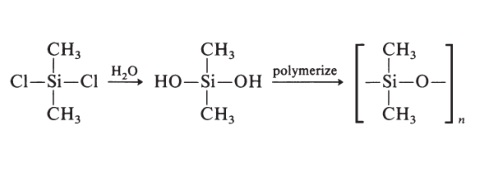Polyisobutylene Chemische Eigenschaften,Einsatz,Produktion Methoden
S-S?tze Betriebsanweisung:
S24/25:Berührung mit den Augen und der Haut vermeiden.
Chemische Eigenschaften
Polyisobutylene is composed of long-chain hydrocarbon formed by polymerization of isobutene, and is extremely stable under normal conditions. It is transparent non-noxious high-consistency semi-solid polymer free of impurities.
Verwenden
polyisobutene (hydrogenated) is an emollient.
Polyisobutylene, sometimes called butyl rubber, and other times PIB, is a vinyl polymer. It's very similar to polyethylene and polypropylene in structure, except that every other carbon is substituted with two methyl groups. It is made from the monomer isobutylene, by cationic vinyl polymerization.
Polyisobutylene is a synthetic rubber, or elastomer. It's special because it's the only rubber that's gas impermeable. That is, it's the only rubber that can hold air for long periods of time. You may have noticed that balloons will go flat after a few days. This is because they are made of polyisoprene, which is not gas impermeable. Because polyisobutylene will hold air, it is used to make things like the inner tubes, liner layers of tires, and the inner liners of basketballs.
Definition
ChEBI: A polymer composed of repeating 1,1-dimethylethylene units. 2-methylprop-1-ene (1,1-Dimethylethylene) is an alkene that is prop-1-ene substituted by a methyl group at position 2. It is an alkene and a gas molecular entity.
synthetische
Silicone rubbers are prepared as follows:

Other groups may replace the methyl groups. Silicone rubbers have excellent ozone and weathering resistance, good electrical properties, and good adhesion to metal.
Polyisobutylene Upstream-Materialien And Downstream Produkte
Upstream-Materialien
Downstream Produkte

